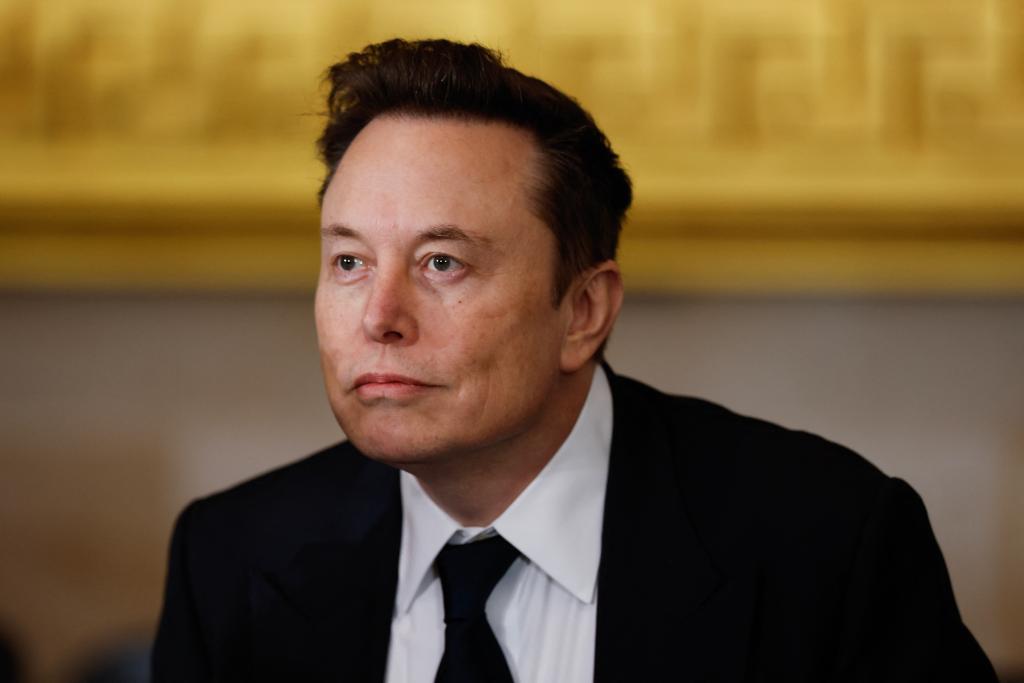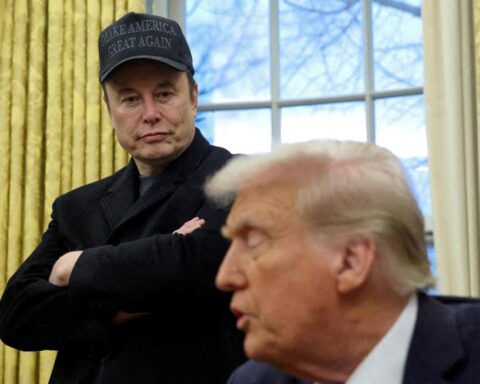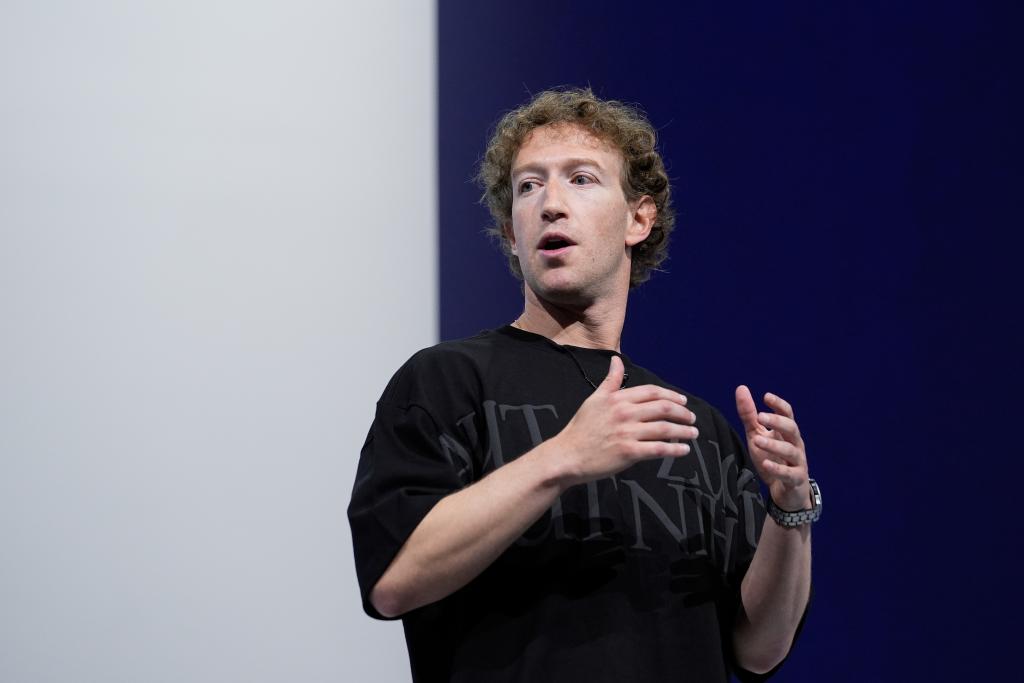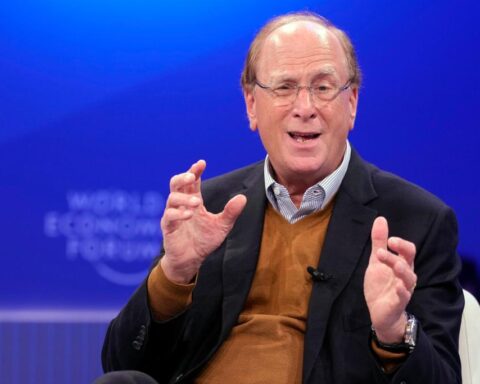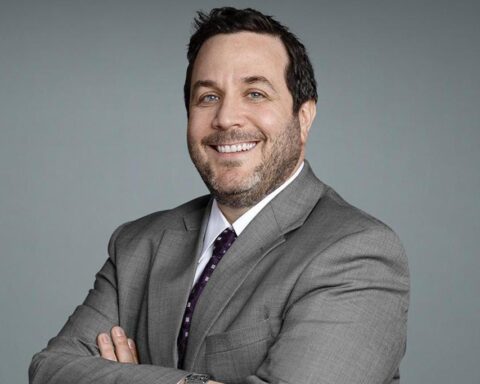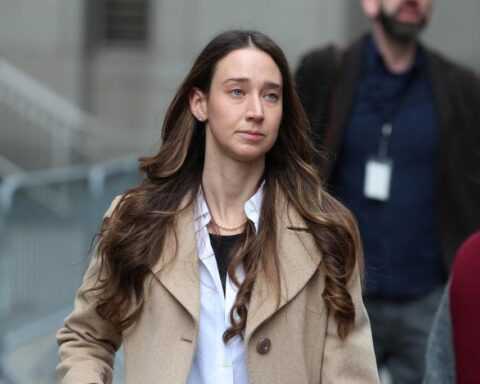Elon Musk’s Vision of Self-Driving Robotaxis and Cheaper EVs Paves the Way for Future Growth Amidst Mixed Financial Results
Tesla’s latest quarterly results fell short of Wall Street expectations, as the electric vehicle (EV) giant faces challenges of rising competition and high interest rates, leading to a dip in deliveries. However, despite these hurdles, CEO Elon Musk remains unwavering in his vision for Tesla’s future, revealing plans to roll out new, more affordable EV models in 2025 while advancing towards a fully autonomous ride-hailing service.
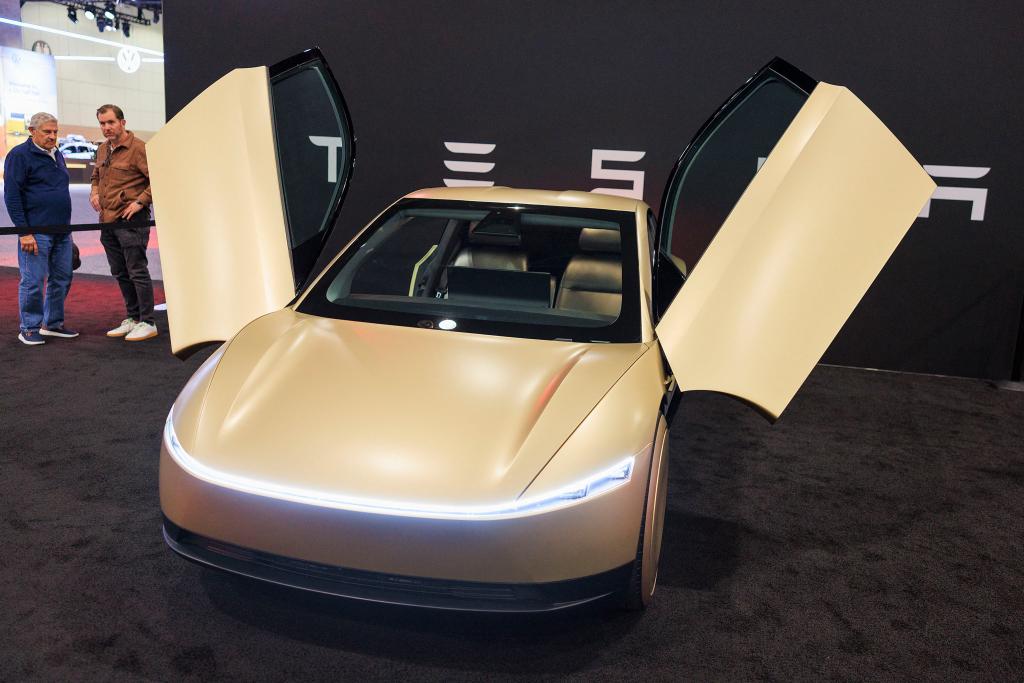
For the October-December period, Tesla posted a revenue of $25.71 billion, missing analysts’ estimates of $27.27 billion, while its vehicle profit margin from sales dropped to 13.59%, compared to 17.05% in the previous quarter. Despite the downturn, the company is seeing optimism from investors, who were buoyed by Musk’s announcement that a new wave of EVs would be launched at lower production costs. The company’s cost of goods sold hit a new low of under $35,000 in the fourth quarter, driven by reductions in raw material costs.
Tesla’s focus on cutting costs is clear, but Musk’s forward-thinking strategies are what steal the spotlight. Tesla aims to start testing its fully autonomous ride-hailing service in Austin, Texas, by June 2025, with Musk promising that “Teslas will be in the wild, with no one in them.” The full self-driving (FSD) software, which powers this service, will undergo unsupervised tests across multiple states, including California, as the company prepares for a groundbreaking shift in the way people think about transportation.
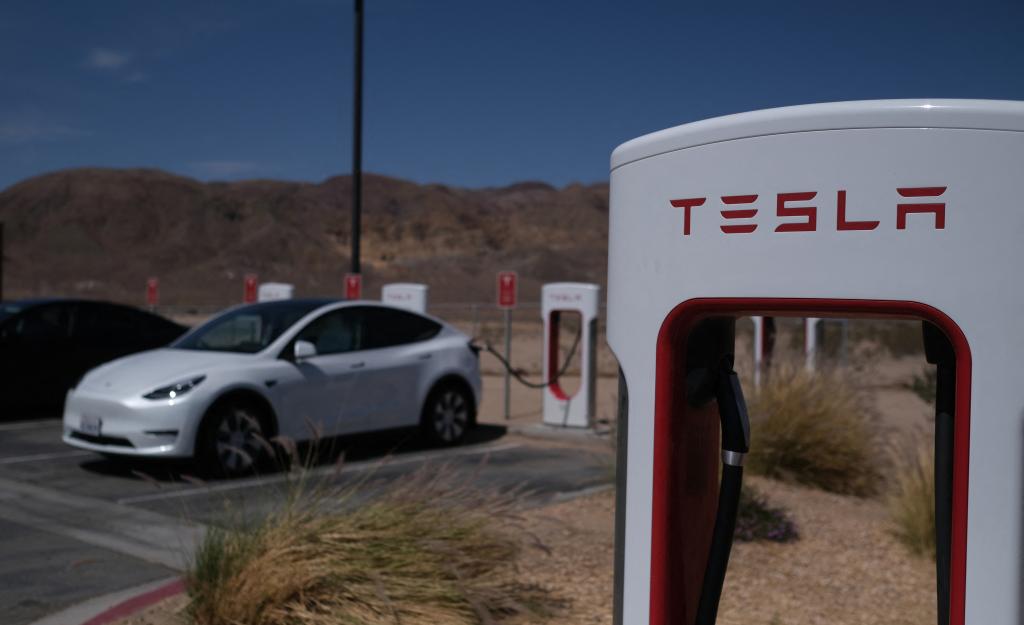
This bold move aligns with Tesla’s ongoing push to build vehicles at a lower price point, making electric vehicles more accessible to the masses. In a strategic pivot, Tesla abandoned plans to create a new cheaper vehicle platform, previously called the Model 2, and instead opted to utilize its current production lines to manufacture affordable models using existing EV platforms. This adjustment has been met with a sense of cautious optimism from analysts, who view the company’s ability to reduce costs as a positive sign for future profitability.
Alongside the developments in autonomous driving, Tesla’s plans to launch its robotaxi service are also taking shape. Musk revealed that Tesla aims to begin commercial-scale production of robotaxis in 2026 at its Texas factory, further elevating the company’s position as a leader in futuristic, self-driving technology. While some older Teslas will require hardware upgrades to achieve full self-driving capabilities, Musk’s vision for Tesla to become the dominant player in the autonomous vehicle market remains intact.
However, the road to profitability remains complex for Tesla. The company has leaned on cheap financing to boost EV demand, a strategy that may strain its automotive profit margins in future quarters. Analysts predict that rising competition from automakers like China’s BYD, BMW, and Volkswagen, all of whom have launched new affordable EV models, may further challenge Tesla’s market share.
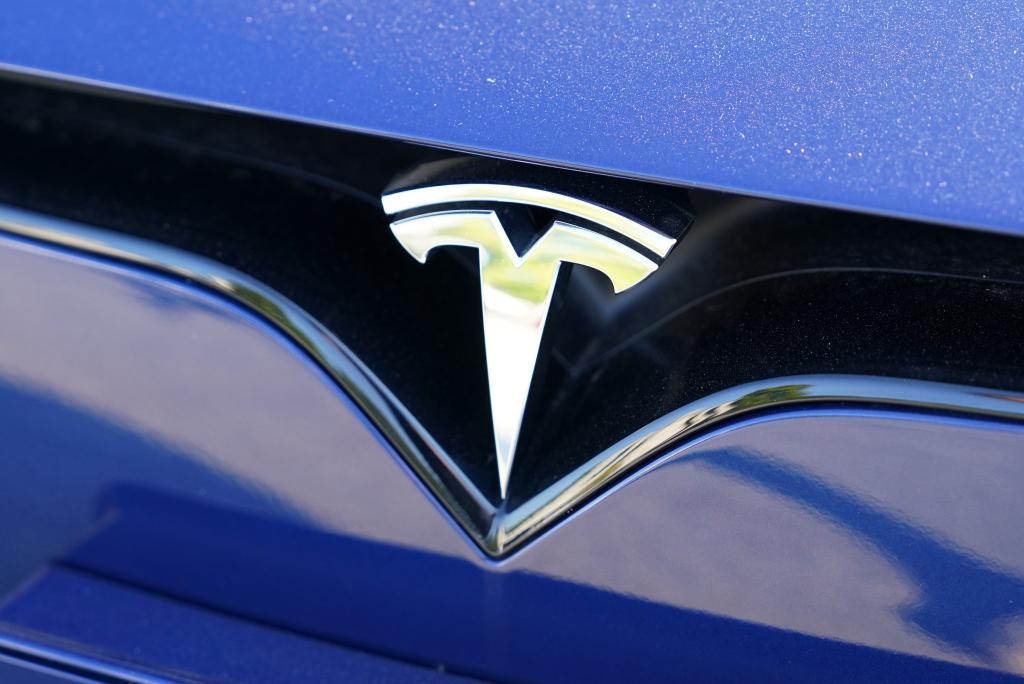
Despite this, Tesla remains confident in its long-term growth trajectory. Musk continues to project vehicle sales growth of 20% to 30% by 2025, even though the company refrained from reiterating this forecast in its latest results. Furthermore, Tesla’s energy storage unit, a key segment of its business, is expected to experience a 50% growth in deployments, adding another layer of optimism for investors looking to the future.
In summary, while Tesla’s recent financial results showed a dip in sales and profit margins, the company’s focus on autonomous driving, cost-cutting measures, and future vehicle models offers a glimpse into a potentially transformative future. Elon Musk’s continued commitment to innovation and technological advancements signals that the road ahead for Tesla remains filled with opportunities, despite the obstacles the company faces today.



